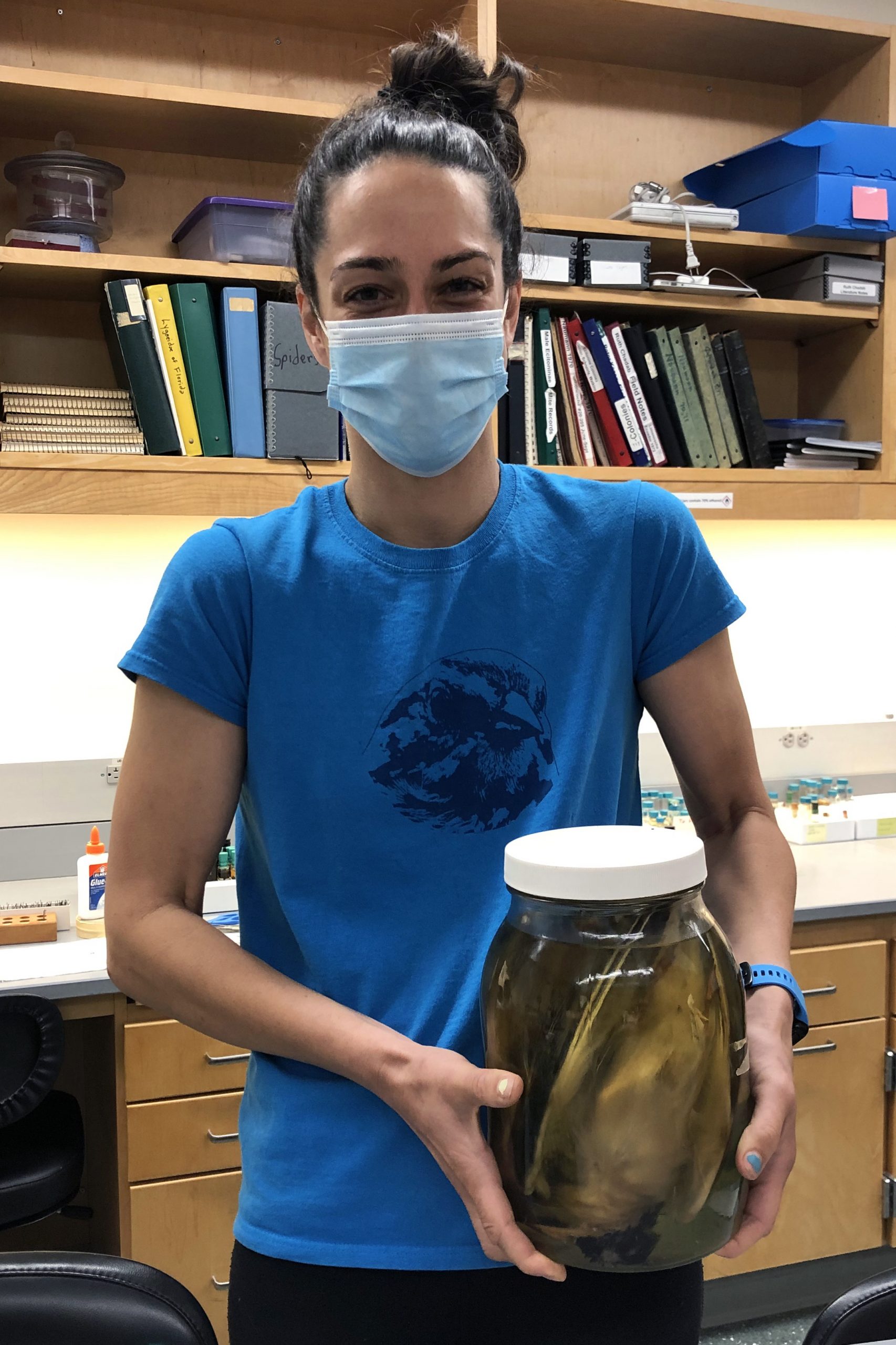Na Y., J. Blanchard & H. Wang. 2020. Fruits, seeds and flowers from the Puryear clay pit (middle Eocene Cockfield Formation), western Tennessee, USA. Palaeontologia Electronica 23:a49. pdf
Abstract reads: Based on examination of 352 specimens collected from the Puryear clay pit (middle Eocene Cockfield Formation, Claiborne Group), Henry County, Tennessee, we recognize 72 fossil taxa/morphotypes of angiosperms. Thirty-two taxa/morphotypes are related to the following 12 extant families: Altingiaceae (2), Araliaceae (1), Arecaceae (2), Cannabaceae (1), Ceratophyllaceae (1), Euphorbiaceae (1), Fabaceae (11), Fagaceae (7), Juglandaceae (3), Oleaceae (1), Theaceae (1), and Ulmaceae (1). The rest (40 taxa/morphotypes) do not have enough diagnostic characters to assess their modern affinities. We establish two new fossil species Andrewsiocarpon puryearensis sp. nov. (Theaceae) and Paleopanax puryearensis sp. nov. (Araliaceae). Of the 72 taxa/morphotypes recognized, 50 are unique to the Puryear locality (Cockfield Formation), 11 are shared with the Warman locality (Cockfield Formation), eight are shared with the Bovay and Bolden localities (Tallahatta Formation), and three are shared by all three localities. Of the 155 taxa/morphotypes recognized from the Bovay/Bolden, Warman, and Puryear localities, only three taxa/morphotypes are shared by all three localities. This study has expanded our knowledge of the Eocene plant diversity of the southeastern United States and has further confirmed our previous observation that there is a remarkable lack of species overlap among the localities examined to date.
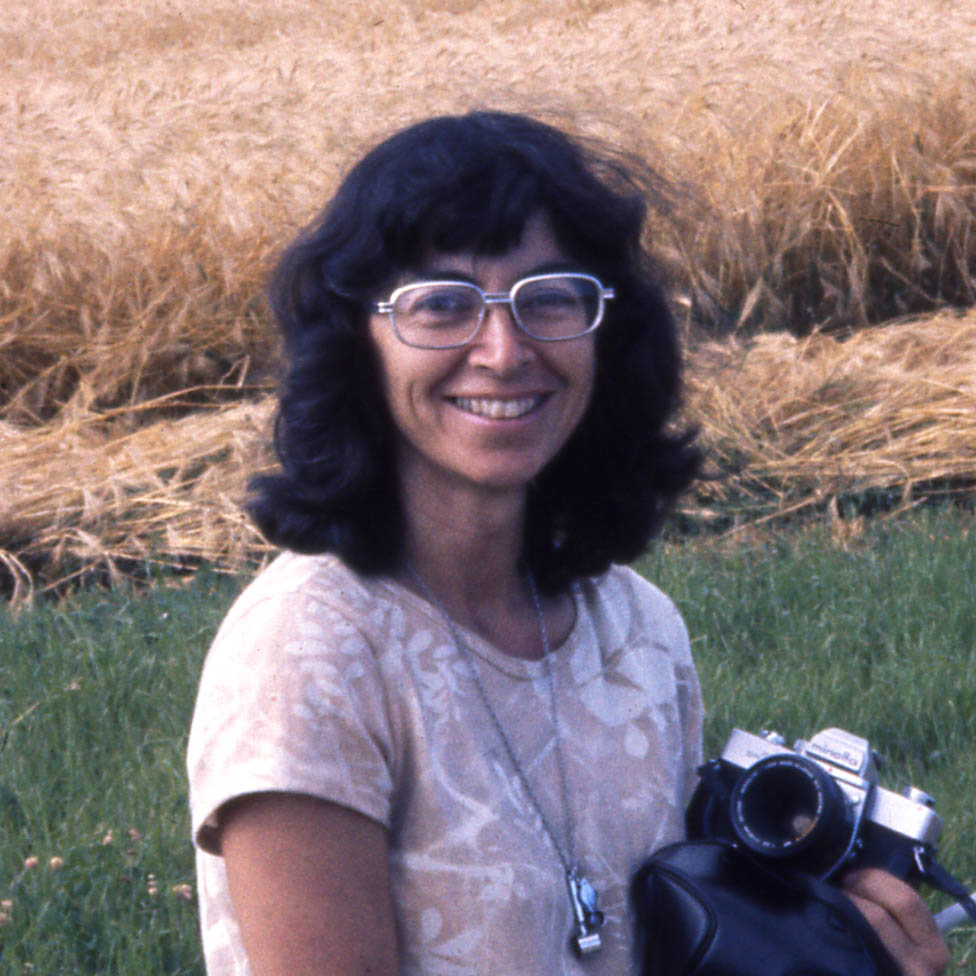
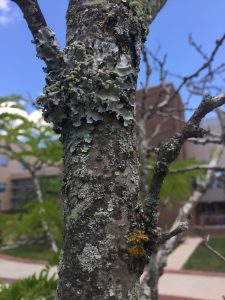
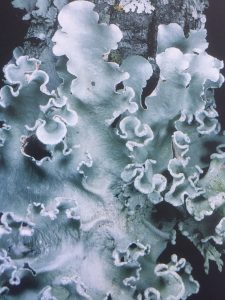
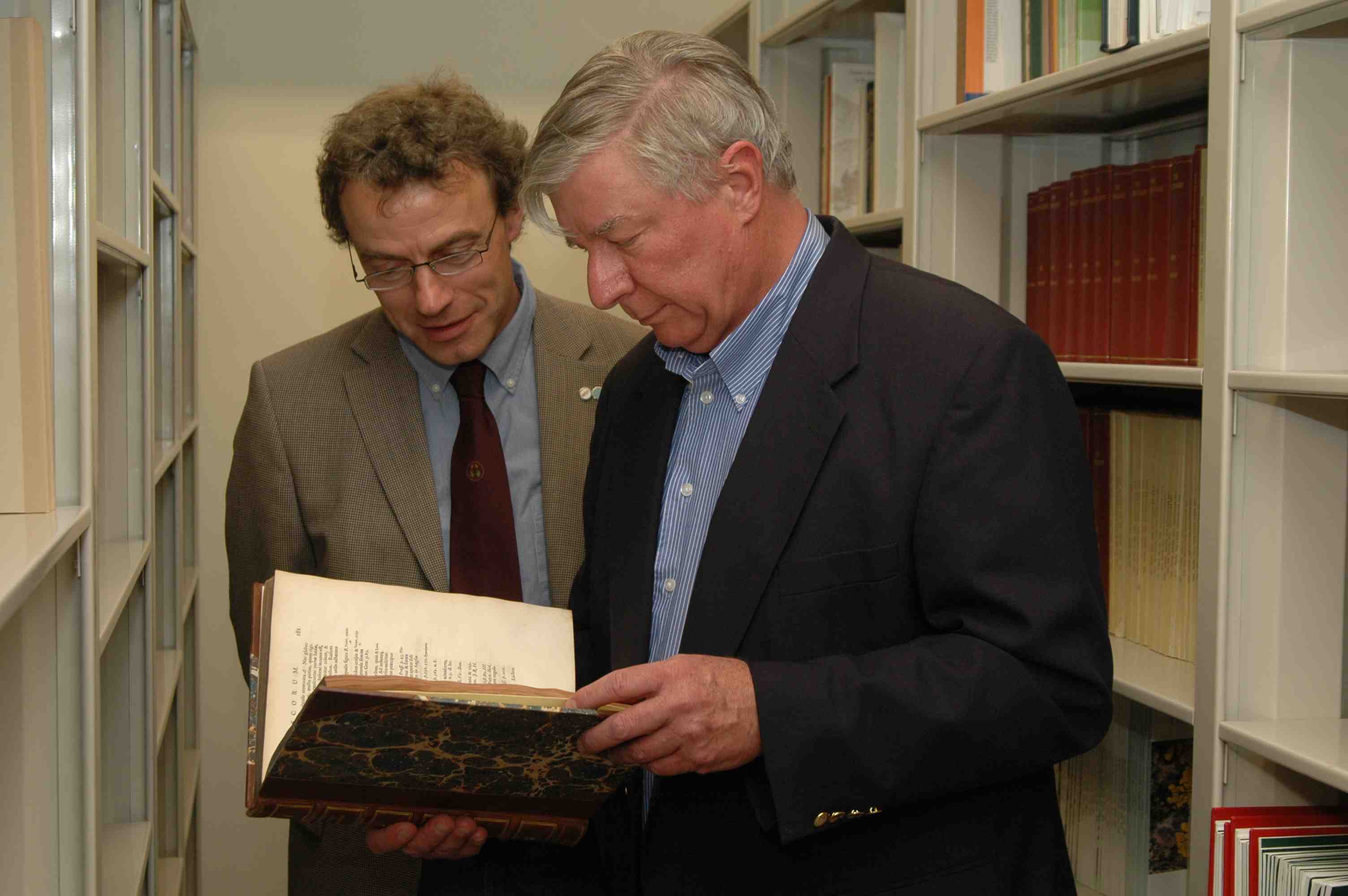

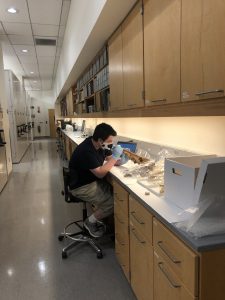
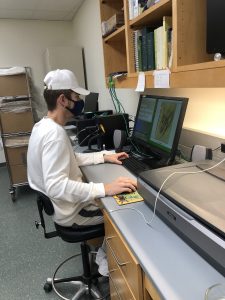
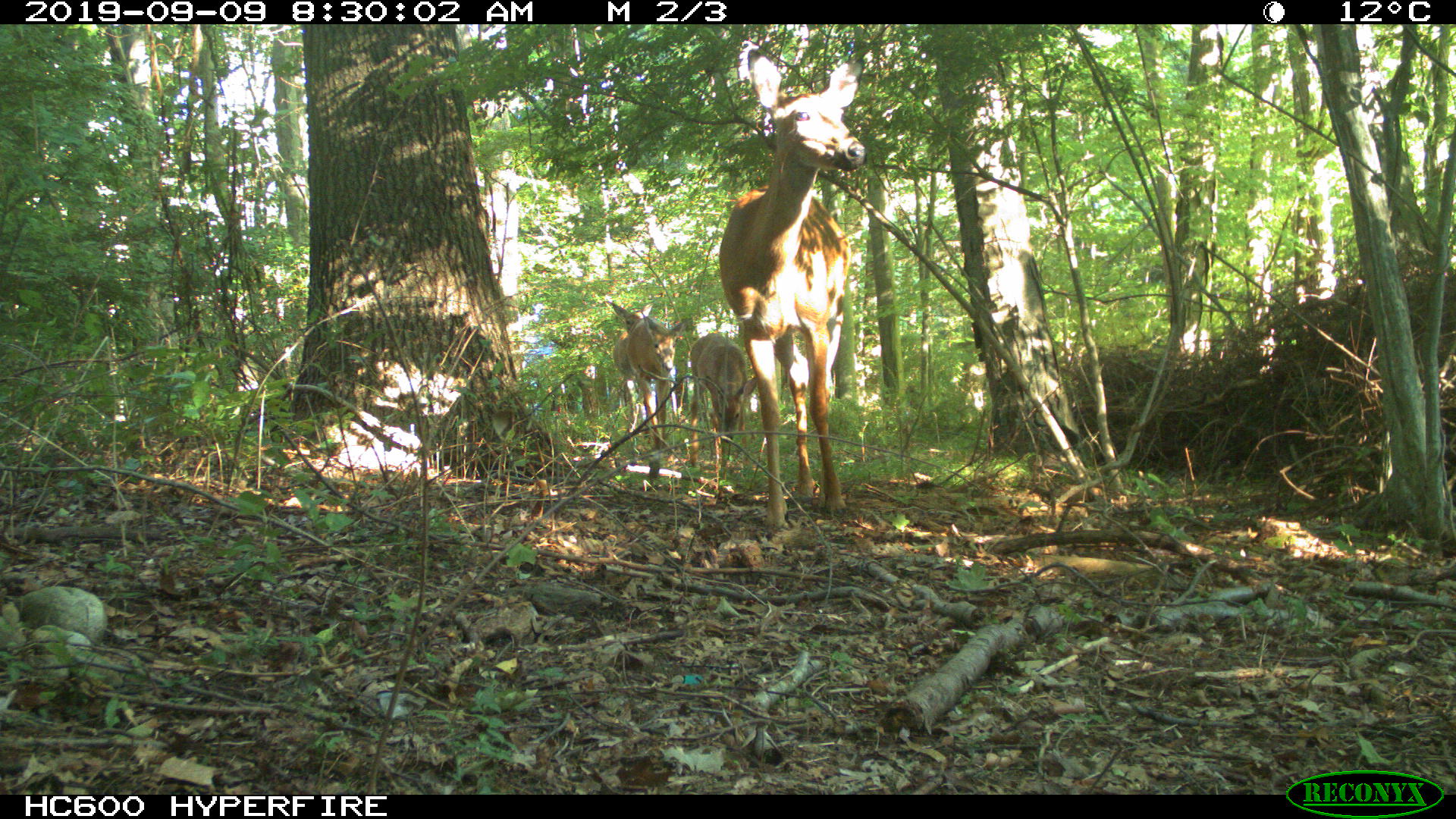 Vertebrate Collections Manager in the BRC, Dr. Erin Kuprewicz was recently highlighted in a UConn Today
Vertebrate Collections Manager in the BRC, Dr. Erin Kuprewicz was recently highlighted in a UConn Today 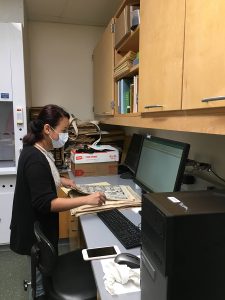 As the summer graduate assistant in the herbarium, Vandana Gurung (EEB graduate student, Diggle lab) facilitated the distribution of over 2,000 duplicate herbarium specimens collected by Les Mehrhoff, former collections manager of the G.S. Torrey Herbarium (CONN). Vandana’s work involved comparing a list of Mehrhoff’s collection numbers against a spreadsheet of the 22,000+ Mehrhoff collections already accessioned in the herbarium, identifying collection numbers that do not appear in the master spreadsheet (i.e., specimens filed as “duplicates” that were never mounted and added to the herbarium), and linking the remaining numbers to existing collection data from the database. She prepared excel spreadsheets of collection data which were used to generate rough drafts of over 2,000 labels, and then edited each label to eliminate replicated locality data and to ensure correct formatting. Vandana’s efficiency with R and attention to detail while editing labels expedited the transformation of several herbarium cabinets’ worth of material from mystery specimens to organized, labeled duplicates ready for distribution to other collections once covid-19 shipping restrictions are lifted.
As the summer graduate assistant in the herbarium, Vandana Gurung (EEB graduate student, Diggle lab) facilitated the distribution of over 2,000 duplicate herbarium specimens collected by Les Mehrhoff, former collections manager of the G.S. Torrey Herbarium (CONN). Vandana’s work involved comparing a list of Mehrhoff’s collection numbers against a spreadsheet of the 22,000+ Mehrhoff collections already accessioned in the herbarium, identifying collection numbers that do not appear in the master spreadsheet (i.e., specimens filed as “duplicates” that were never mounted and added to the herbarium), and linking the remaining numbers to existing collection data from the database. She prepared excel spreadsheets of collection data which were used to generate rough drafts of over 2,000 labels, and then edited each label to eliminate replicated locality data and to ensure correct formatting. Vandana’s efficiency with R and attention to detail while editing labels expedited the transformation of several herbarium cabinets’ worth of material from mystery specimens to organized, labeled duplicates ready for distribution to other collections once covid-19 shipping restrictions are lifted.